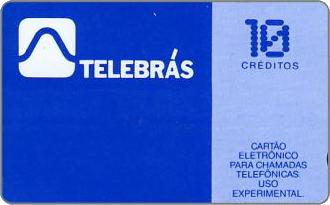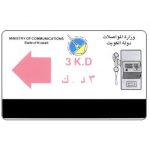Brazil is home to inductive cards, invented by Nelson G. Bardini in 1978, and thousands of different ones have been issued over the years. However, after several years of experimentation, it was only in 1992 that the inductive system was installed for public use.
In fact, five years earlier, in 1987, the magnetic system GPT had been presented in Telebras, the Brazilian telephone company, with the issue of two promotional cards, both of 1,000 units and with a circulation of 1,500.
The first depicted the Brazilian footballer Romario in a phase of the friendly match Brazil-Ireland, played on 23 May 1987 and won by Ireland 1-0, while the second reproduced an aerial view of Rio de Janeiro, with Christ the Redeemer who stands on the top of the Corcovado mountain.
Two years later, in 1990, GPT conducted a field trial with a series of cards with the same graphics and four values: 5 units (49,000 circulation), 10 units (30,000), 100 units (20,000), and 500 units (10,000). These cards had to be returned after use, so they are not easy to find now.
At the same time as the GPT trial, Telebras concluded the experiments of the inductive system, which was officially presented at Telecom 91 in Geneva, and subsequently adopted for public use.














